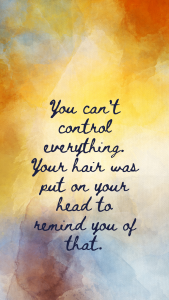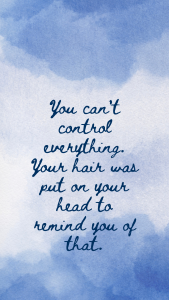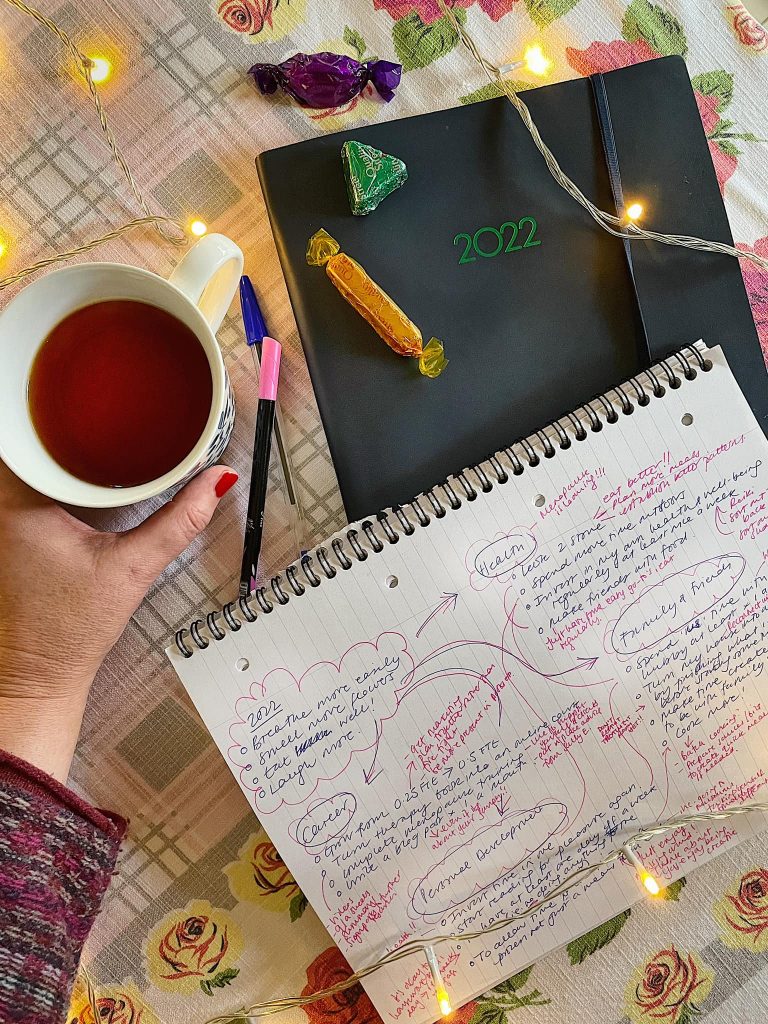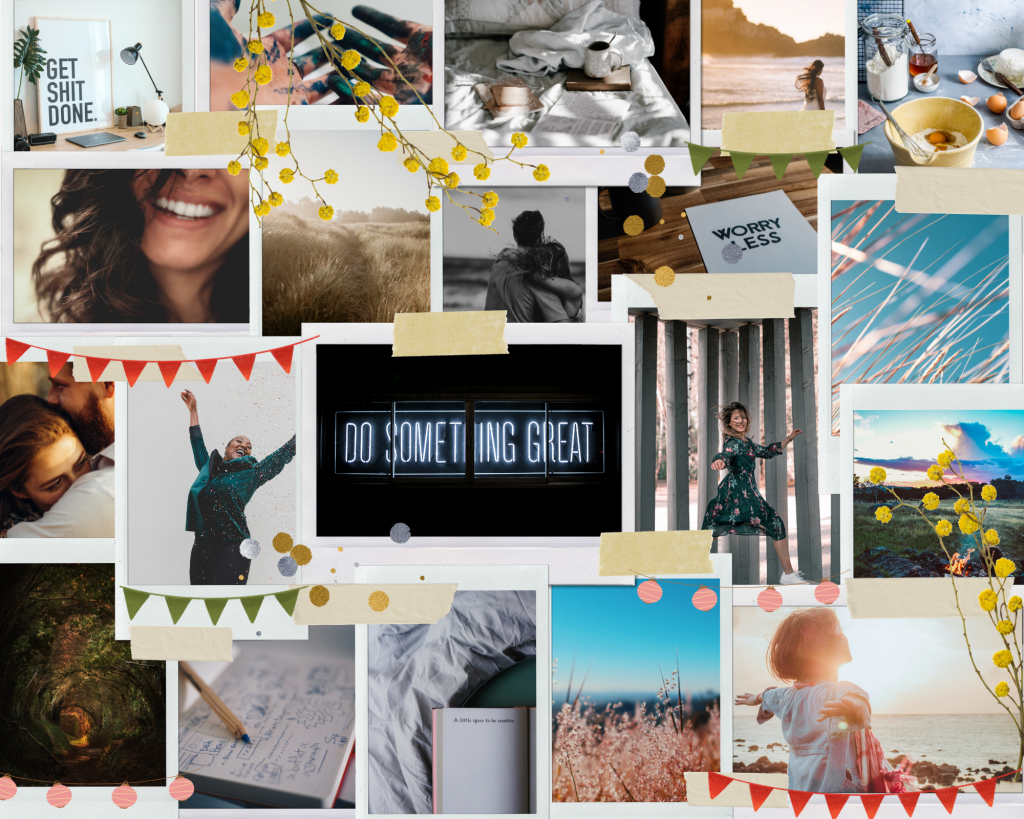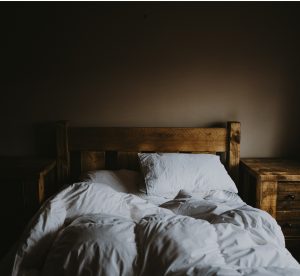Just one of the multitude of amazing things your body does every day to protect you is operate an internal defence mechanism against infection and disease – aka your immune system.
Protecting you from bacteria, viruses, and other harmful invaders, your immune system is constantly on the lookout for threats to your health, fighting them off and eliminating them so you recover from any illness quickly. But who looks after your immune system?
That, dear reader, will be you.
A weakened immune system
As amazing as your immune system is it can easily be weakened by stresses like poor diet, lack of sleep, and other lifestyle factors. And when it’s weakened it can’t function properly.
Day to day this can leave you feeling lethargic, lacking in energy, with random aches and pains – a general sense of just not feeling right. It also means if something’s going round, you’re more like to get sick and take longer to recover.
So, what can you do to keep your immune system healthy? Quite simply, look after it.
Looking after your immune system
Experts all agree there are some simple things you can do to look after your immune system every day of the year:
Food: Cut back on processed and sugary foods, ditch the caffeine and the alcohol, and don’t rely on supplements to do the work for you. Just eat a healthy and varied diet [1]. And when it comes to buying any processed food a good rule of thumb, says Virginia Gray, a local food intolerance expert, “is if you granny wouldn’t recognise the ingredients, then don’t buy it!”
Sleep: “There is” says Matt Walker, author of Why We Sleep “an intimate association between our sleep health and our immune health [2].” Your immune system needs sleep to function properly. So, if you’re not a great sleeper, take a look at this series of short TED talks by Walker.
Manage your stress: Long term stress really weakens your immune system, and while it’s not always easy or practical to remove those stresses, it is worth exploring how you can manage them. It could be as simple as sharing your worries and concerns with people you trust or making (not finding) the time to relax and unwind by doing activities you enjoy.
If you know you’re not great at setting aside this time, why not create the space you need by committing to a regular class or therapeutic treatment with your local holistic and complementary therapist (not mentioning any names here!!)?
And never be afraid to ask for help if you’re struggling. Reach out to friends, reach out to professionals – which is exactly what I’ve been doing in my regular counselling sessions.
Exercise: There are ways to build exercise into your week, releasing those feel-good endorphins which help support a healthy immune system, without having to break out the Lycra. A brisk walk to the shops rather than taking the car, parking the car at the rear rather than the front of the car park, taking the stairs, and housework at speed are all things you can count towards your recommended 150 minutes per week of moderately intense exercise! [3]
The important thing to remember here is there’s no magic pill and certainly no magic treatment that will stop you from getting ill – so don’t believe anyone who tells you there is. Instead, it’s a simple case of looking after your immune system through a combination of factors including diet, sleep, exercise and good mental health.
Additional information / links
The Self Centre in Bury St Edmunds has a whole host of therapists, health and wellbeing professionals, and relaxing classes to help you proactively manage some of the stresses that could be negatively impacting your immune system function.
Yours truly! If you think a regular holistic and complementary treatment could be useful in supporting your approach to positive health and wellbeing, take a look at my website or drop me a line at sarah@sarahwoodhousetherapy.co.uk or on 07715213392 for a confidential chat.
References


